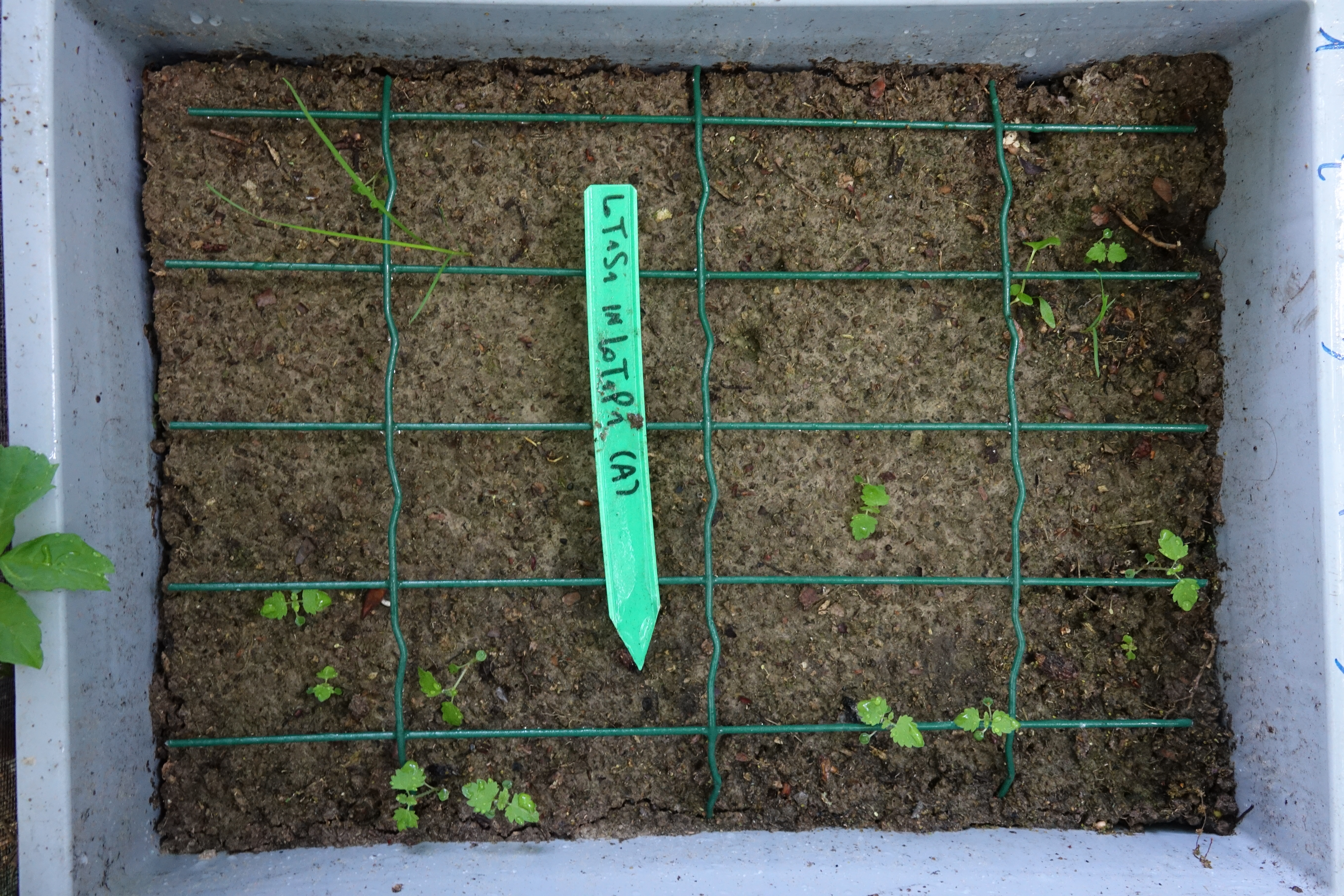Add-on study: Seed bank in relation to forest microclimates
Forest edges are increasing around the world. Therefore, it is necessary to understand their influence on biodiversity and forest functioning. The FORMICA project studies the importance of forest microclimates and investigates the herb layer diversity and many other forest edge to forest interior aspects along a latitudinal gradient in temperate deciduous forests. However, the seed bank diversity in relationship to microclimate has not been assessed before. Indeed, to further understand how plants communities respond to environmental variation, the herb layer and the seed bank should be jointly considered. Therefore, the aim of this experiment is to characterize the forest soil seed- bank of different macro- and micro-climatic situations in Europe by comparing the edge with the forest interior. We question whether seed bank patters may be influenced by edge to interior position and whether they respond differently compared to the aboveground vegetation.
Why?
To get an insight on how seed bank communities respond to microclimate and other environmental changes such as climate warming or habitat fragmentation.
How?
We collect soil samples across spatial scales in the Pan-European plot network used for the FORMICA project: from northern Europe (Norway) to southern Europe (Italy), from low elevation to high elevation, from dense to open forests and from the forest edge to the forest interior.
 Seed germination experiment.
Seed germination experiment.
Who?
The project is coordinated by DAGRI, Florence University (Italy) by Cristina Gasperini, Federico Selvi (Federico.Selvi@unifi.it) and Fornalab, Ghent University (Belgium) by Pieter De Frenne, in collaboration with the FLEUR network.